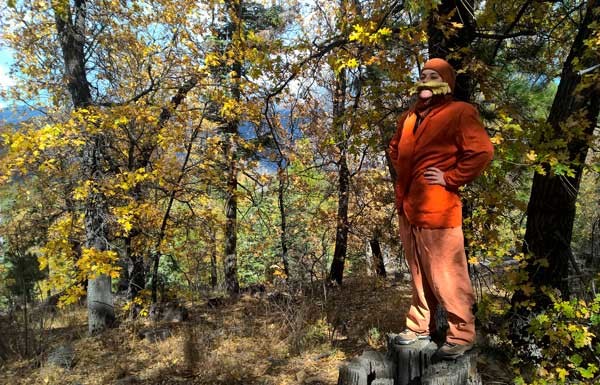 One of the last things students do while at High Trails is watch a world class performance of the Lorax, performed for them by their cabin instructors. This play is more than entertaining; it sparks great conversations between the students afterwards, discussing the pros and cons of the two main characters – the Lorax and the Onceler.
One of the last things students do while at High Trails is watch a world class performance of the Lorax, performed for them by their cabin instructors. This play is more than entertaining; it sparks great conversations between the students afterwards, discussing the pros and cons of the two main characters – the Lorax and the Onceler.
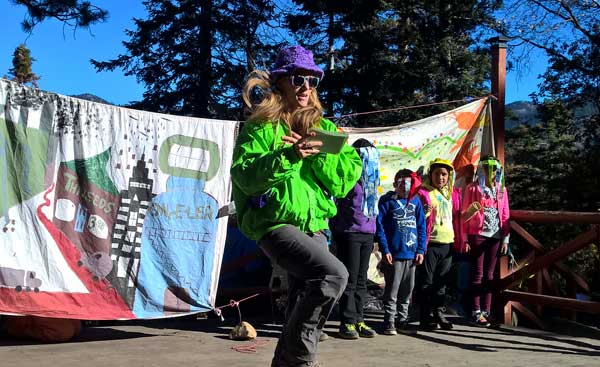 We can all relate to the Onceler and his need for things, or thneeds. The Lorax, though, the one who is “shortish and oldish and brownish and mossy” has his own story that not many know about. Theodore Geisel, or Dr Seuss as he was more commonly known, wrote The Lorax in the 1970s while living in San Diego, California, and got much of his inspiration for the character of the Lorax from the state fish of California, the Garibaldi.
We can all relate to the Onceler and his need for things, or thneeds. The Lorax, though, the one who is “shortish and oldish and brownish and mossy” has his own story that not many know about. Theodore Geisel, or Dr Seuss as he was more commonly known, wrote The Lorax in the 1970s while living in San Diego, California, and got much of his inspiration for the character of the Lorax from the state fish of California, the Garibaldi.
What? The Lorax is a Fish?
 The Garibaldi Fish
The Garibaldi Fish
The Hypsypops rubicundus, more commonly known as the Garibaldi, is found along the coast of the Pacific from as far south as Baja California to as far north as Monterey Bay. San Diego, where Dr Seuss lived, is home to one of the largest Garibaldi populations in the world. The Garibaldi is a bright orange color, causing it to stand out in the rocky reefs it lives in while other fish blend in with the greens, browns, and grays of their surroundings. The Garibaldi tends to live a solitary life in the sub tidal waters of 0 to 25 meters depth, making its home in the rocks and seagrass.
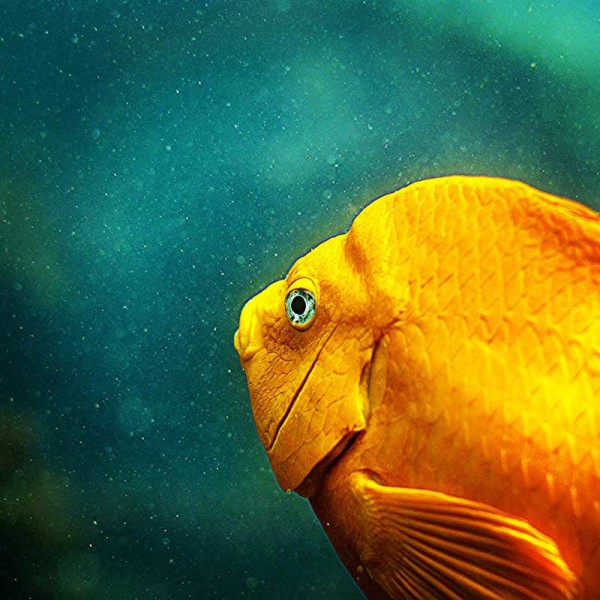 The Garibaldi is known for being a remarkably bold fish, despite its relatively small size. Certain characteristics lend to this startling demeanor and may shine a light on Dr Seuss’s inspiration.
The Garibaldi is known for being a remarkably bold fish, despite its relatively small size. Certain characteristics lend to this startling demeanor and may shine a light on Dr Seuss’s inspiration.
Like the Lorax, the Garibaldi is known for its precociousness.
Garibaldi will attempt to scare predators away by snapping their jaw, emitting a loud popping sound that scares many potential threats away. If that does not work, the fish is not scared of a match up and has been known to charge at perceived attackers of all sizes, including even human divers. Add to this behavior the bright coloring of the Garibaldi, which makes this fish seem more dangerous than it truly is.
Like the Lorax, the Garibaldi is incredibly territorial and will aggressively defend its territory.
The male Garibaldi will spend weeks preparing a place for the female to lay eggs in his reef of rocks, sea grass, and kelp. Once ready, the male lures the female over to lay the eggs, then promptly chases her away to prevent her from eating them. The male will then fervently protect his nest from any threats— including sharks, seals and humans.
Like the Lorax, the Garibaldi sees the land as his long term home.
After the eggs hatch, the male does not desert the area, in fact, he prepares it again for use year after year. The Garibaldi is incredibly unique in the fish world in that the male will use the same nesting site over and over and over again, protecting it and trying to keep it as pristine as possible.
Connect the Fish to the Lorax
In my experience, the students at High Trails love watching the Lorax, and having them make the connections between the fictional character of Dr. Seuss and the real life state fish of California helps make the story more real and relevant to their lives. When students see that the Lorax can represent more than just a grumpy little character in a nice rhyming story it opens doors for their curiosity and fuels their desire to know more. All thanks to this little golden fish.
 At High Trails Outdoor Science School, we literally force our instructors to write about elementary outdoor education, teaching outside, learning outside, our dirty classroom (the forest…gosh), environmental science, outdoor science, and all other tree hugging student and kid loving things that keep us engaged, passionate, driven, loving our job, digging our life, and spreading the word to anyone whose attention we can hold for long enough to actually make it through reading this entire sentence. Whew…. www.dirtyclassroom.com
At High Trails Outdoor Science School, we literally force our instructors to write about elementary outdoor education, teaching outside, learning outside, our dirty classroom (the forest…gosh), environmental science, outdoor science, and all other tree hugging student and kid loving things that keep us engaged, passionate, driven, loving our job, digging our life, and spreading the word to anyone whose attention we can hold for long enough to actually make it through reading this entire sentence. Whew…. www.dirtyclassroom.com


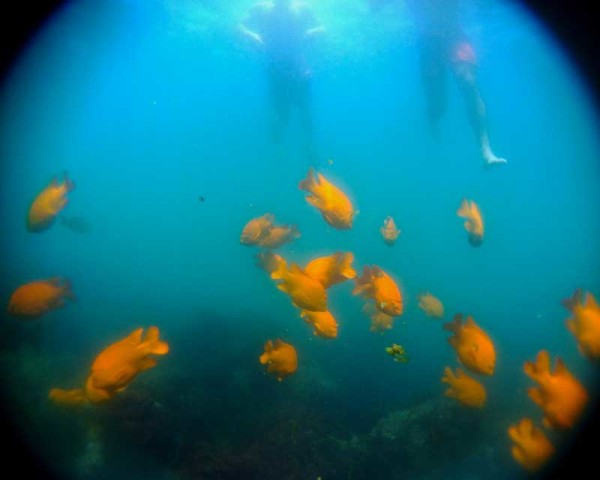
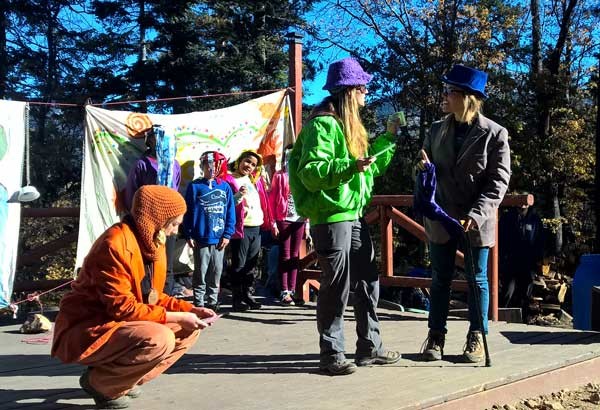
Comments are closed.